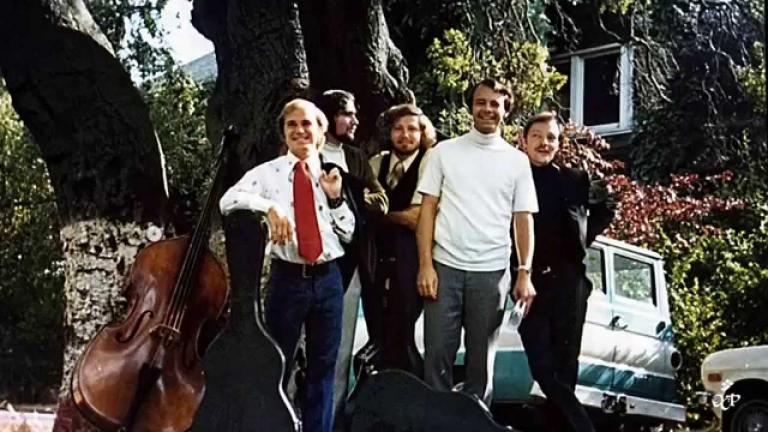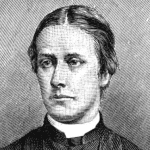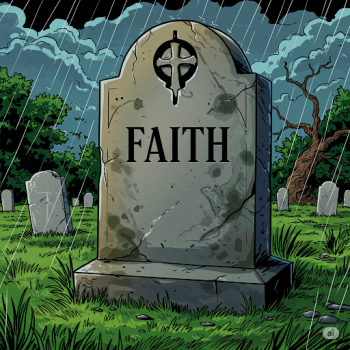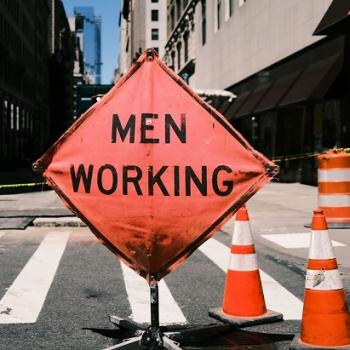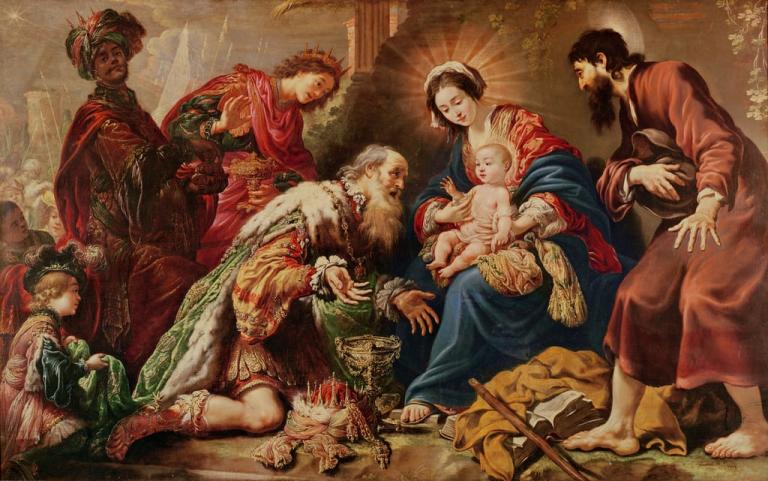Yes, I said it.
A bunch of boomers didn’t make it past the title of this post. That’s okay. It’s mostly not for them, anyway. But most of you, boomers included, know well enough to know that I don’t mean all boomer or boomer hymns. I just mean a certain type, which I’ll get to. This is not a slam against all boomers, since there are lots of great ones who grieve over the things other boomers introduced into the church. In fact, it was a boomer friend of mine who I heard call these bad boomer hymns, “stupid boomer hymns.”
In forty years, when I’m in my mid-70s and younger people are talking about those silly hipster millennials, I will try to remember not to be offended. Actually, I will laugh, because I’ve always been just a little too tubby to be a convincing hipster. Anyway…
Basically, by “Catholic boomer hymns,” I’m talking about a kind to which I made a passing reference the other day in my post about a recently disgraced Catholic boomer hymn writer. Starting in the 60s, fresh on the heels of Vatican II and the beginning of vernacular language Mass (the Ordinary Form), decided that it was time to write folksy Mass settings that could be accompanied with guitar.
A dude named Ray Repp, recently deceased, was one of the first, with his Mass for Young Americans. Others followed with their own Mass settings, hymns, and songs, musically following the folk revival sound. Like, if “Peter, Paul, and Mary” had released their own Mass setting, it would have fit right in.
Some of those who followed over the next two decades include a group called the St. Louis Jesuits, David Haas, Michael Joncas, and Marty Haugen (who isn’t Catholic, but whatevs, they loved him).
To be fair to the boomers, many of them never really got into this movement (SEE! #notallboomers), but it began to permeate the liturgical landscape of the Catholic Church, and gradually supplanted much of the beautiful Catholic chant, Mass settings, and hymns from back in the day. It got to the point where many Catholics grew up without ever being exposed to the really good stuff. As a great article on the subject summarizes, “What was once the “folk Mass” in the typical parish became the family Mass and, finally, the only manner of celebrating Mass.”
The St. Louis Jesuits recently gave a farewell concert in St. Louis (of all places) to an auditorium full of (mostly) boomer fans. (Again, seriously, #notallboomers) Let me tell you, it was embarrassing. A bunch of old white dudes with guitars reliving their glory days. Honestly, it was about like watching one of the various incarnations of the Beach Boys where they’re wheeled out on stage, put in front of a teleprompter, and start singing about chasing girls and driving fast. It’s very sad, as if they haven’t ever really grown up.
Contrast that with serving under the leadership of a mature choir director, or organist, or even a Celebrant. The maturity of their faith is played out in their every movement. Those men and women are inspirations, examples, faithful saints, and while age catches up with them eventually, they are role models due deep respect. Part of the reason for that is that they don’t remain stuck in their formative years. They moved on. They grew in faith and wisdom.
Now, getting around to the Protestants, here’s the strange thing. Mainline Protestants have in recent years begun to eat up a lot of these silly boomer hymns. I mean, they can’t get enough of them. Ask a diverse group of mainline Protestants to request their favorite hymns, and some of the first ones they ask for will be “Here I Am, Lord” (Dan Schutte of the St. Louis Jesuits), “We Are Called” (Haas), and “On Eagle’s Wings” (Joncas).
I don’t get it. It’s not like these are all just terribly bad hymns. Some of them are better than others. But out of a hymnal of 900 hymns, they wouldn’t be in the first 600 I would choose, and for several distinct reasons.
First, most of them don’t follow any sort of regular rhythmic meter on the stanzas, so they are nearly impossible to sing congregationally unless a cantor or soloist sings the stanzas. “On Eagle’s Wings” is particularly a disaster.
Second, most of them are really awful poetry. Rhymes? Don’t need ’em. Meter? Meh… We just sing what we feel. The result is clunky, awkward lines that are difficult to sing and about as memorable as the back label of a shampoo bottle.
Third, the texts themselves skew toward anthropocentric theology. They speak of doing good things for people, and in generic terms, how good and special we are. The most egregious text of this group is the Marty Haugen disaster, “Gather Us In (Here in this Place).” Check out this article for a great discussion of the text.
Fourth, the tunes are sing-songy, folksy, and unremarkable. They are, to put it bluntly, stuck in their own particular time, without any sense of transcendence or beauty of majesty. Others sound more like cheap musical theater. (Side note: that Ray Repp guy with the kiddie Mass? He once sued Andrew Lloyd Webber. You can’t make this stuff up.)
So why are mainline churches so crazy for this stuff? Is it because it sounds a little more modern? More inclusive? Or does it perfectly complement a liturgy that is growing more ad hoc, more contemporary, and less ritualistic?
I just don’t get it.
I was aghast yesterday when I saw that “Gather Us In” was being used for the opening hymn of a denominational conference. This hymn? This is supposed to be the headline hymn, the opening statement for what we believe about God and ourselves?
I talked with a friend about it today who is part of many facets of ministry in her mainline denomination. What did her denominational outreach group choose as their theme hymn? “We Are Called” by David Haas. What does she have to sing at every denominational women’s conference? “You Are Mine” by David Haas, which, come on, is awfully creepy, and “Be Not Afraid” by Bob Dufford of the St. Louis Jesuits.
Whatever it is, it’s got to go. Maybe not all of the hymns themselves, at least not completely, but the bulk of them and the frequency with which they are used.
Basically, this music is a lingering residue of a turbulent time of upheaval and unrest. It is a sound stuck in a particular time and a reactionary mood. And I’m perplexed as to why it’s become a such a thing in the mainline denominations.
Mainline churches, I’ve got news for you. Many younger Catholics are sick of this disposable, kitschy stuff. I just finished a Master of Sacred Music at a Catholic university, and none of the young Catholics I met have any use for it. What are they interested in? The Latin Mass. Gregorian chant. Hymns that have stood the test of time, some of them thousands of years. Organs. Elegant liturgy. Beautiful structures.
Simply put, they are looking for a beautiful, orthodox faith that isn’t rooted in the unrest of a particular generation, but transcends all generations through Christ, its living Head. So they are looking back to two thousand years of Catholic tradition for the beautiful works of the saints, not just to the doodles and croonings of one fleeting generation.
I think, if the mainline denominations can last that long, they will see this, too. It will be in rigorous, historic liturgy, the most rigorous and historic their traditions will allow, and thoroughly orthodox theology. You’ve all still got great hymns in your hymnal. Sing those, not the silly boomer ones. Because if you don’t have good theology, if you don’t sing it, if you don’t pray it, and you don’t learn it, you won’t really even be Christian anymore, not a Christian of any substance, at least.
Lex orandi, lex credendi. As we worship, so we believe. And if we forsake worship, like many professing Christians do regularly these days, or if our liturgy is of low quality, we won’t be able to stand for very long.
Photo:
youtube screenshot

